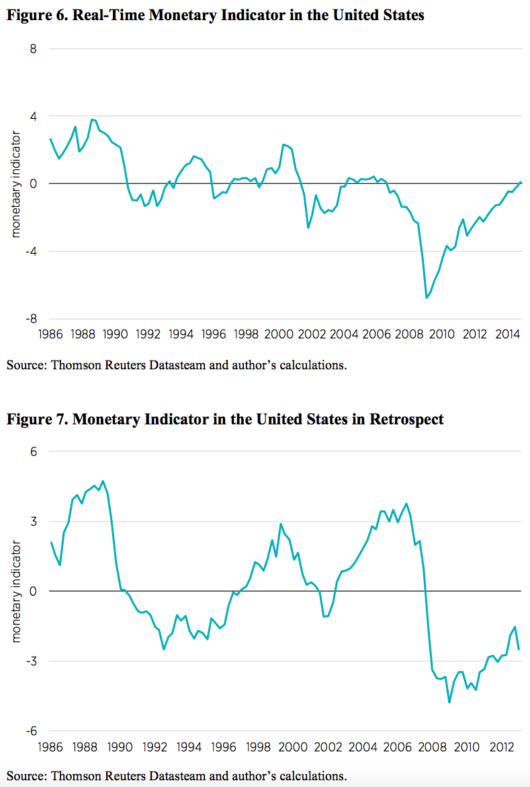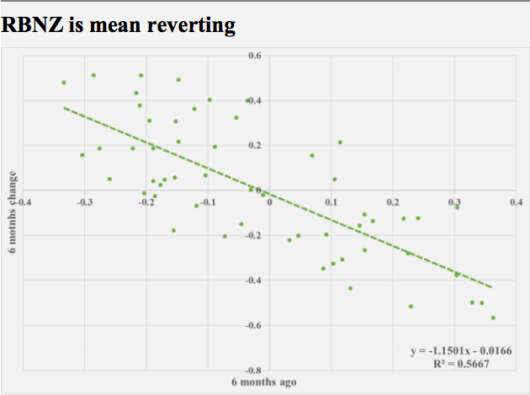The problem with deposit insurance
I’ve always thought that the 2008 financial crisis was basically tight money plus moral hazard, with the latter factor playing the biggest role. I’m no expert on banking, but I’d guess that these three factors increased moral hazard (in order of importance):
1. FDIC (deposit insurance)
2. The GSEs (Fannie and Freddie)
3. Too Big to Fail
I’ve already spent a lot of time discussing the role of tight money, but I also believe that deposit insurance is a massively underrated problem.
A new NBER working paper by Charles W. Calomiris and Matthew S. Jaremski relied on rich set of panel data for banks in states with and without deposit insurance. They found that states that created deposit insurance during the early 1900s tended to see faster than normal rates of deposit growth, and then higher than average levels of bank failures after WWI:
First, we are able to show that deposit insurance increased insured banks’ deposits and loans, and lowered their cash to asset ratios and capital to asset ratios. Second, we find that deposits flowed from relatively stable banks to risky banks. Deposit insurance increased risk by removing the market discipline in the deposit market that had been constraining erstwhile uninsured banks. . . . Deposit insurance encouraged banks to increase their insolvency risk because doing so did not prevent them from competing aggressively for the deposits of uninsured banks operating nearby. In fact, increasing risk was necessary to fund the higher interest payments that presumably attracted depositors.
The extent to which insured banks attracted deposits away from uninsured banks, and used those funds to expand their lending, depended on the risk opportunities available in their local economic environment. Variation across in counties in the extent to which they produced commodities that appreciated during the World War I agricultural price boom explains between one-third and two-thirds of the observed effects of deposit insurance on deposit growth, loan growth and increased risk taking by insured banks. The fact that a large part of the moral hazard associated with deposit insurance is dependent on the time-varying and location-specific opportunities for risk taking has important implications for empirical analysis of the consequences of deposit insurance in other contexts. The potential costs of deposit insurance may appear low in environments that are relatively lacking in risk-taking opportunities, but those costs can appear much higher when greater risk taking opportunities present themselves. (Emphasis added)
That’s final sentence is a warning not to become complacent. Just because deposit insurance didn’t cause many problems in the decades after WWII (when borrowers were bailed out by higher than expected inflation), doesn’t mean that it could not do so in the 1980s or 2000s.
They also show that voluntary insurance systems were less destabilizing than mandatory insurance systems, presumably because they created less moral hazard.
Their paper ends with a warning:
The history of deposit insurance in the United States and internationally has been a process of increasing systemic risk in the name of reducing systemic risk.




